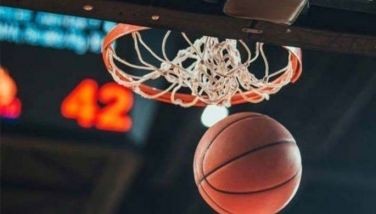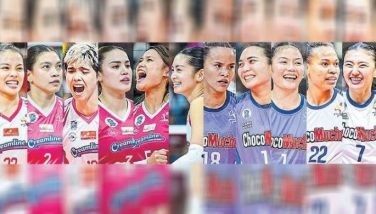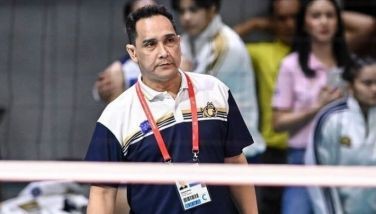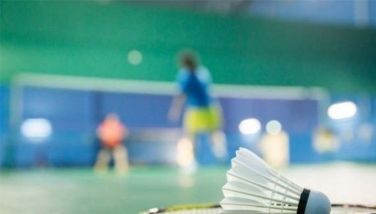Improving Philippine sports
Philippine amateur sports has many inherent flaws, though no fault of current and immediate past officials. There are still many things that can be done to make it more systematic, efficient and compassionate. As this writer has noted over the past months, the Philippine Sports Commission has been burdened with fixing problems it did not create, even ordered to reach beyond its mandate to address concerns it was not really involved in.
The Philippines is peculiar in the dichotomy between private and government sports institutions. Funding, programs and development are the responsibilities of the PSC, but the design and calendar of each sport is under its national sports association (NSA) and international federation (IF), which are private. This creates so many gray areas and overlaps and turf battles that are not healthy for sports or the athletes. Other Olympic countries are either entirely private or entirely public. As I wrote here last May, “Each way has its shadowy side, each system has corruption. This manifests in doping, cheating on age, naturalizing undeserving athletes, misuse of funds. Each answers to its own internal and external authorities. At the end of it all, each has its flaws.”
What are some possible solutions?
Elevate the PSC. As has been proposed in media and even Congress, make the PSC the Department of Sports, elevate the PSC chairman to cabinet secretary, convert the agency into a full-blown department encompassing all sports. It already has the personnel and infrastructure, no different from, say, the Department of Education. One effect will be to stabilize its budget, give it more teeth, and involve it with other departments, which will give it more resources and power. And in the era of open sports, why not have a Department of Sports and Fitness which will have both the PSC and Games and Amusements Board under it?
Modify terms of officers. It takes more than two Olympic cycles (eight years) to truly develop world-class athletes. But the term of PSC board members is only six years. Obviously, the two don’t align. Luckily, the current PSC board knows its powers better, and maximizes its reach in helping athletes. There wouldn’t be any harm in extending their terms, because the current or future President could still replace them if their performance is unsatisfactory, or if they cannot work well together.
Categorize sports. The PSC follows certain rules in funding sports. For example, if you are not in two successive Southeast Asian Games, you will likely lose funding. Certain sports – like Olympic events – are a priority. Therefore, it is clear that some receive more benefits. In the past, the PSC has been challenged to categorize which sports are most important. Other sports may be prioritized if they perform well. Others may be demoted if they do not. In this manner, every sport’s management group will be driven to do better. This also impacts incentives for some sports. One of the laws governing incentives stipulates that the world or international championships must be at least two years apart. Luckily, the PSC board can overrule this on a case to case basis, so when Cheryl Nakanishi won the country’s first Mr. and Ms. Universe overall title in 2017, the bodybuilder was granted an incentive for her historic achievement.
Modify incentives. The incentives for Olympic, Asian Games and SEA Games medals are ever-increasing. However, the law providing incentives for past champions, enacted in 2001 and modified four years later, makes it challenging in many cases to collect them. Also, how will the incentive be divided among members of a team? And if anyone on said team passes away, who will their share be given to? This red tape has to be untangled to make the law truly beneficial to the athletes of the past, as was intended. Also, the law should have a prescribed period for paying out the incentives, instead of a limit on when athletes may apply for it.
Prepare athletes for retirement. One of the programs this PSC board has implemented is the continuing education of coaches and trainers. The same may be applied to athletes. Some lucky national athletes are uniformed personnel, guaranteeing another source of income and future career path. If all athletes had these, they would be relieved of some of the worries they have, particularly when they near retirement. The Technical Skills Development Authority (TESDA) has no sports curricula among more than 300 courses it offers. If they developed some with the Philippine Sports Institute (PSI), current athletes may even find future careers coaching abroad, like Asian sprint champion Lydia de Vega, who is now a successful track coach in Singapore. PBA legend Ricardo Brown went back to school to prepare for a future as an educator when he retired.
Although many of these suggestions may require an act of Congress, they are worth looking into. There are three important things that have to change. NSAs must maintain a standard of consistency, efficiency and professionalism. PSC needs more power to institutionalize better programs. Post-athletic careers for athletes to give back to Philippine sports should be created. All these will ensure a stronger national sports program.
- Latest
- Trending





























